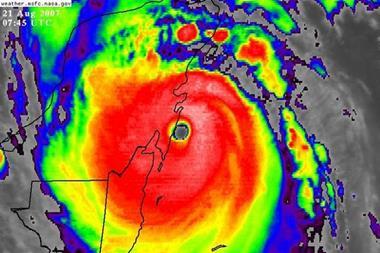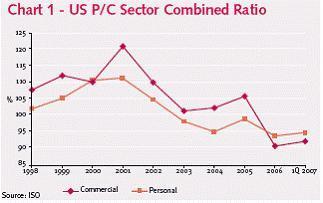US hurricane landfall risk expected to remain significantly above the long-term average
Risk Management Solutions (RMS) has modeled hurricane activity rates for 2008 to 2012. The results suggest that the average risk of landfalling hurricanes in the Atlantic Basin for the next five years remains at approximately the same level as has been predicted for the past two years, which is significantly above the risk averaged over the long term.
The catastrophe forecaster said that the period of increased hurricane activity that has existed in the region since 1995 is set to continue.
The current activity rates lead to estimates of average annual insured losses that will be 40% higher than those predicted by the long-term mean of hurricane activity for the Gulf Coast, Florida, and the Southeast, and 25-30% higher for the Mid-Atlantic and Northeast coastal regions.
Dr. Claire Souch, senior director of model management at RMS, commented: ‘Although US hurricane-related losses have been low since 2004 and 2005, it was apparent from the views expressed among the experts that we are still in a period of elevated hurricane activity that started in 1995, and that this is likely to continue for at least several more years. However, there remains disagreement and uncertainty about what is driving the change in hurricane frequency, with some researchers believing it is mainly due to natural cycles in oceanic circulation, and others arguing it is primarily caused by human-induced climate change.’
The 2007 hurricane season has seen 14 named storms, which is close to the annual average of 14.7 since 1995. It is the first season ever recorded in which 40% of hurricanes reached category 5 status, and the only one in which two maximum strength storms struck land. The US coast was spared the potential devastation of hurricanes Dean and Felix due to the fortunate coincidence of a high pressure system off Florida.
Mitch Sattler, vice president of public policy for RMS, said: ‘We remain dedicated to engaging with the insurance industry, the regulatory environment, and public policy officials to articulate the risk facing the U.S. and to actively develop mitigation and response measures to reduce the risk. We support the ultimate goals of regulation and will continue to pursue discussions with the FCHLPM and other regulatory bodies to create standards that encourage modeling techniques aimed at characterizing risk as accurately as possible.’




















No comments yet